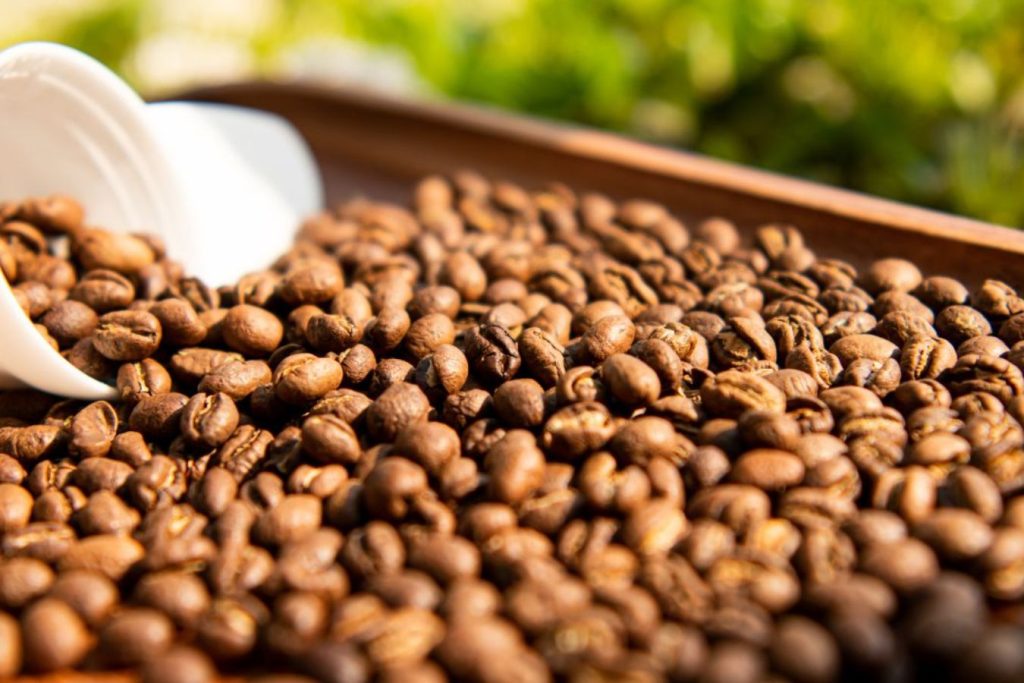10 Things to know when buying coffee. If you’re just getting started with making coffee at home, you’ll need to buy some. And if you haven’t had much experience with coffee, you’ll most likely be perplexed when it comes to selecting your own cup. There are broad standards to know when purchasing coffee, just as there are when purchasing other things.
One of these concepts is that you should know and grasp the basic but critical information on coffee packaging. Helena underlines the importance of comprehending this information in order to choose the coffee you prefer and that is appropriate for you. Here are ten things to keep in mind when purchasing coffee:
Name Of The Product
The product name is the name given to many coffee lines from the same company and frequently reflects the coffee line’s most distinguishing features.
Country / Region / Farm – Cooperative – Producer (Country / Region / Farm – Cooperative – Producer)
This information is frequently included on the packaging of coffees sold around the world. It defines the goods’ origins and illustrates the coffee’s distinctive characteristics. Ethiopia, Guatemala, Vietnam, and other big and well-known coffee-growing regions exist. Each of these regions’ coffee has its own distinct flavor.
Consider the following scenario:
- Ethiopian coffee has a citrus (citrus) and floral notes (floral).
- The taste of nuts (nutty) and chocolate are distinctive to Vietnamese and Guatemalan coffee (chocolate).
- This information may be recorded in more detail in some circumstances. Yirgacheffe, Harrar, and Sidamo, for example, are well-known Ethiopian agricultural regions. Or Lac Duong, Vietnam’s land bridge.
Elevation (Altitude / Elevation)
The altitude of the coffee-growing region also affects the taste of the coffee when consumed. Arabica, for example, has a more acidic and complex flavor the higher it is grown (over 1500 meters above sea level). Nutty is a common flavor found at lower elevations than 1300m.
Tasting Notes (Flavor / Tasting Notes)
Because specialty coffee (specialty) often has a rich, diversified flavor, this information is frequently printed on the box. However, it should be noted that each person’s ability to smell scent differs, therefore this data is also relative. To get the most realistic scent, you should smell it immediately.
For example, drift Away’s Kenya Seeds feature grapefruit, jasmine, juicy, and peach notes.
Types / Varieties (Varietals / Species)
Arabica and Robusta are the two main varieties of coffee. Most users are already aware of the names of these two categories. Arabica is typically less bitter and sour than Robusta. Arabica coffee has a more varied and complex flavor profile than Robusta coffee.
Also included are more specific kinds such as Typica, Bourbon, Catuai, and Pacamara.
People also refer to the concept of “Single Origin” in the coffee world, which signifies that the package contains only one sort of coffee. And “Mixed” or “Blend” refers to a coffee container that contains several different varieties of coffee blended together.
Furthermore, in the context of world coffee, “Single Origin” might refer to a seed variety, a growing region, a farm, or a coffee cooperative. For example, coffee from the Vietnamese village of K’ho can be labeled as Single Origin since it has traits that other coffees do not.
Roast (Level / Profile Of Roast)
This information reflects how well the beans have been roasted. The coffee will be acidic and less harsh if it is lightly roasted. The coffee will not be sour and harsh if it is roasted black (dark roast). Due to the bitter taste of consumers, dark roasted coffee is the most popular variety of coffee sold in Vietnamese coffee shops.
And, in Vietnamese users’ beliefs, coffee must be bitter, not bitter. As a result, if you own a coffee business, you should consider this factor.
People have various roasts between these two levels, such as medium roast and full roast, in addition to light and dark roasts.
Process
Honey, pulp natural, semi-washed, and wet hulling are all examples of preliminary processing. The same coffee will have radically distinct flavors depending on how it is processed.
Preliminary drying (Natural) is when coffee is washed and contaminants are removed before it is laid out to dry in the sunshine.
Wet preparatory processing (wash/wet) refers to the steps of coffee processing that include:
- Remove the peel from the fruit.
- Soak for a few hours to allow the mucus to ferment and disintegrate.
- After that, it is dried to make coffee.
- This approach is widely used in nations in Central and South America, as well as East Africa, that specializes in the growing of high-quality Arabica types.
Preliminary dry processing usually results in a thicker, less sour body. Meanwhile, wet preparatory processing produces a wide range of sour flavors and is “cleaner” to drink.
Phase Type (Roast For, Brew For, Use For)
Coffee that is used to make filter coffee, pour-over coffee, or espresso. This phase usually corresponds to the roast information as well.
Roasted On / Roasted The Next Day
This is important information to remember, and you should choose your coffee based on the idea that the fresher the coffee, the better. However, too fresh coffee is not healthy since it includes gas (CO2), which alters the taste when consumed. CO2 numbs the taste cells in the tongue, reducing your sense of coffee greatly.
Put it another way, it’s similar to when you drink carbonated beverages. If you eat greasy meals, the gas in the drink will numb the cells and lessen your taste sensitivity, making you feel less weary.
Because the coffee has had enough time to develop its full flavor, it is suitable for espresso after 7 to 10 days. It could be sooner if you’re in the Drip phase.

